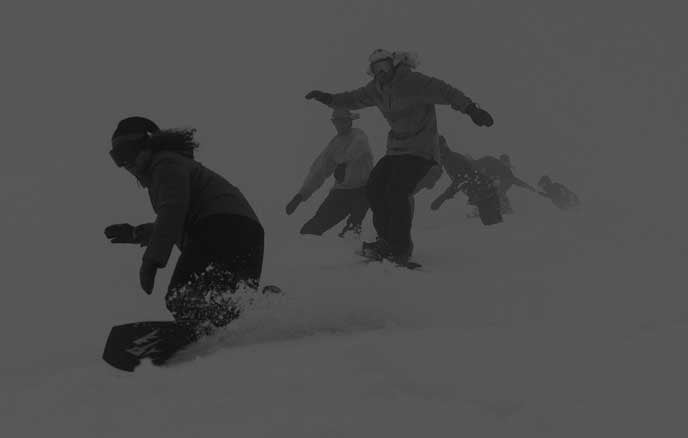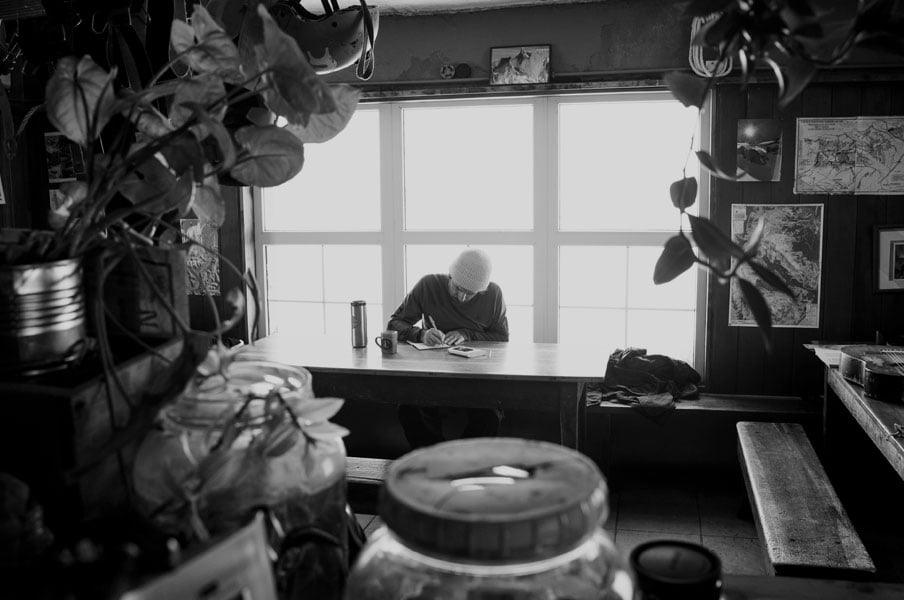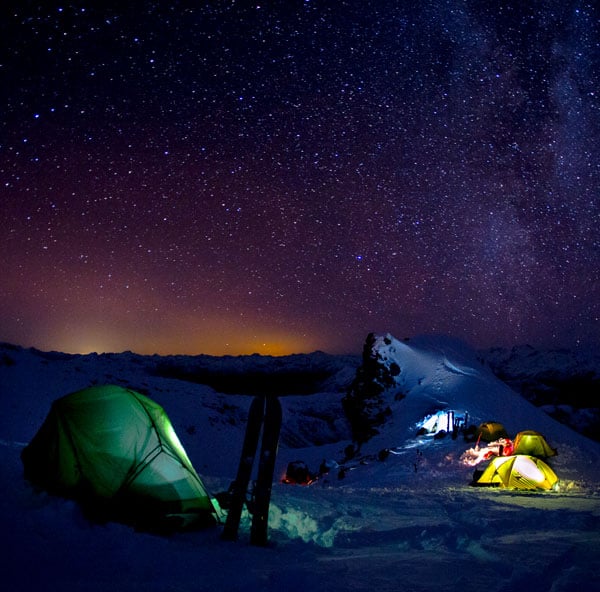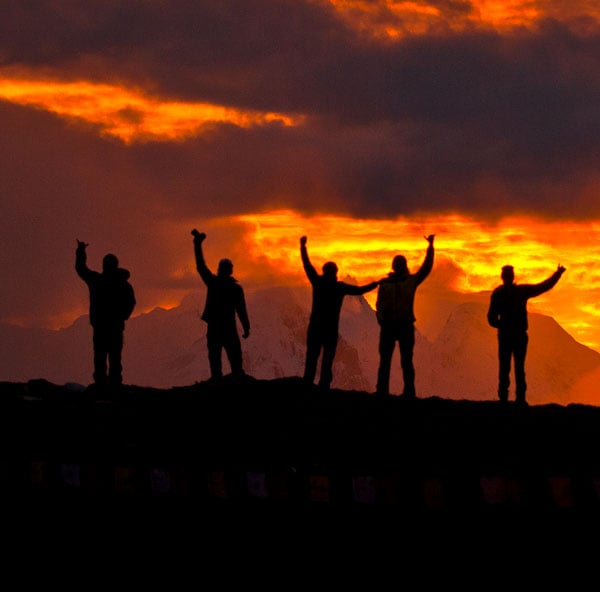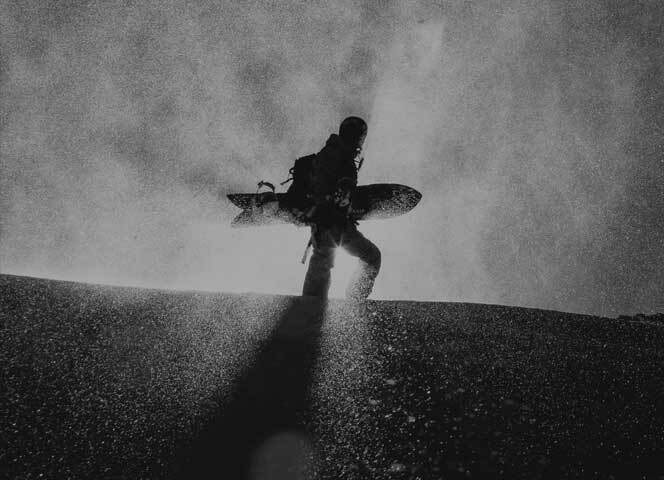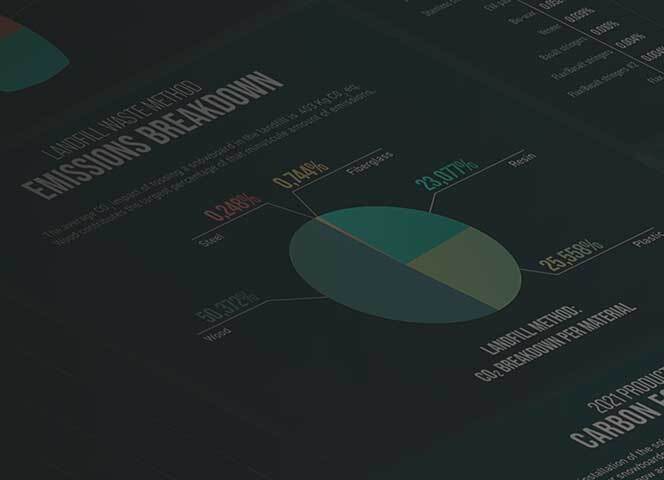Get help fast - Satellite messaging for backcountry travellers
Backcountry Safety
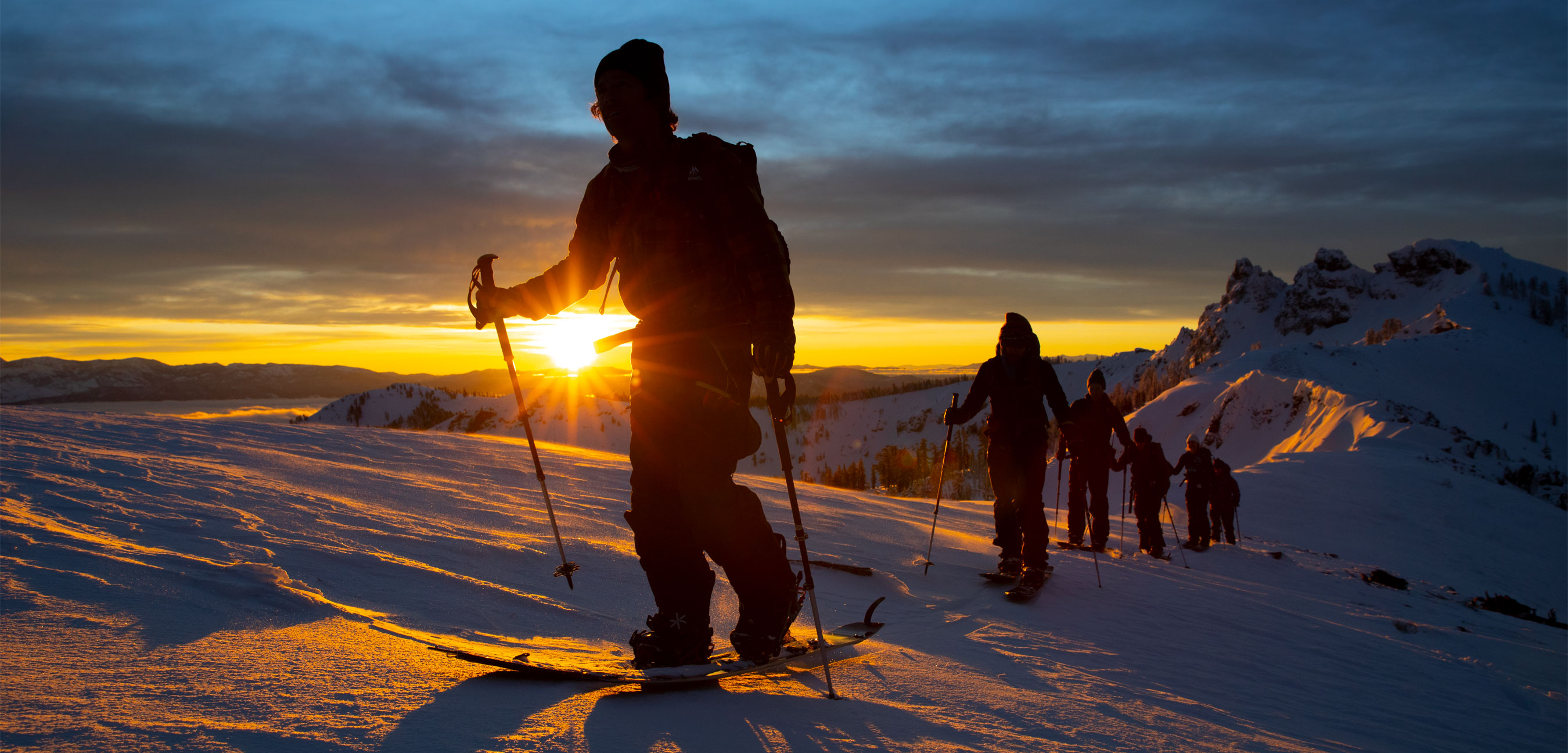
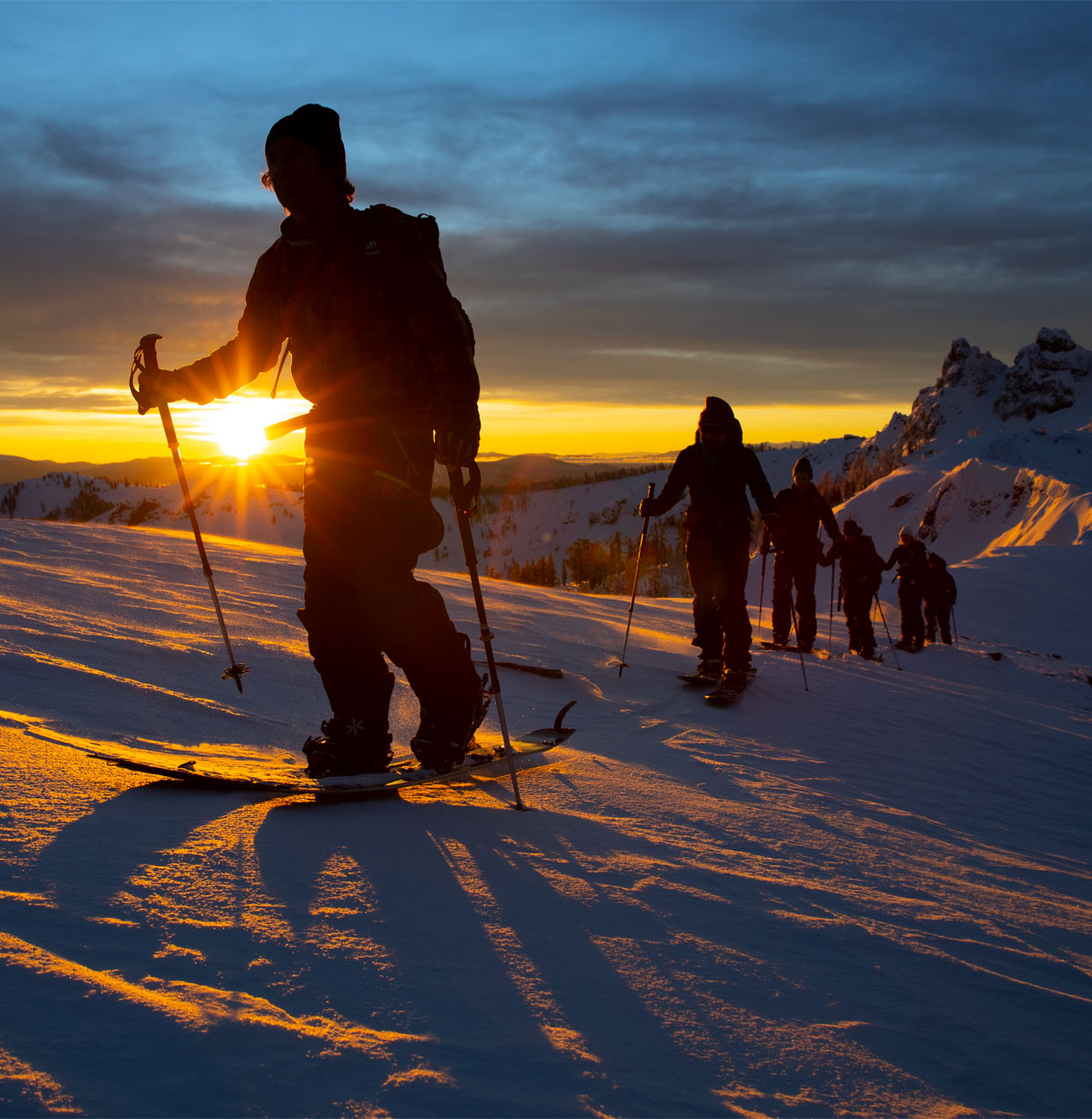
It’s called the “golden hour”, but it’s not the time to shoot photos. This “golden hour” has nothing to do with gorgeous light at sunrise or sunset. This “golden hour” is the sixty minutes that may separate life and death.
In the medical world, the “golden hour” is the period of time after a traumatic injury when prompt medical and surgical treatment is most beneficial in preventing death. Severe injuries such as those that cause internal bleeding can cause victims to rapidly deteriorate as their body goes into shock. If you can get a major accident victim to medical attention within an hour of injury their chances of survival are much greater.
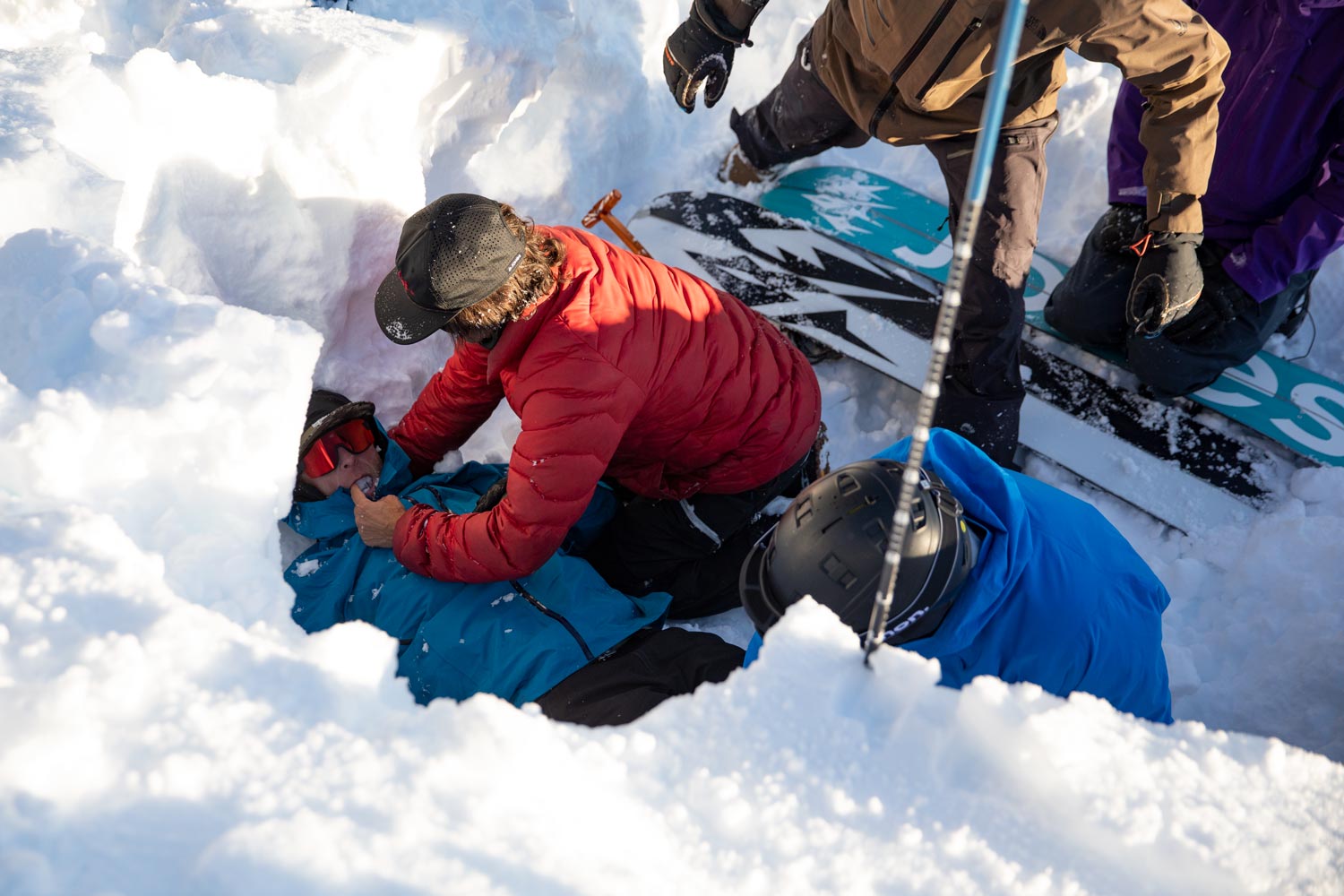
It’s not a pleasant thought, but all backcountry travellers need to understand the importance of the golden hour when it comes to avalanche rescue situations. Why? Because quickly digging out an avalanche victim might not be enough to save the victims life if they have major trauma. In a 2018 study of the 110 avalanche fatalities in Colorado in the past 21 years, 32 of the 110 victims died from trauma. That’s nearly one in three odds that if you’re caught in a serious avalanche you may die from injuries even if your partners quickly dig you out.
This reality demands that backcountry travellers not only have solid beacon search skills, but also basic wilderness first aid skills, and most importantly, a means of immediately calling for medical help. If you’re in a backcountry zone that has cell reception, you can call 911 on your phone and initiate a rescue. But what if you are touring in a zone that has no cell reception, or your phone battery is dead? That’s when it’s critical that you carry a satellite messaging device.

Satellite messaging devices, such as satellite phones, one-way satellite messengers and two-way satellite messengers are a CRITICAL piece of equipment to have in your backpack should an accident occur in a remote area. You could be hours from a trailhead, but if you have the ability to communicate you may be able to organize a helicopter rescue to pick up the victim within 30 minutes depending on the location. If you don’t have a means of communicating, you will be forced to either begin transporting the victim towards medical help, or if just a party of two, leave the victim and go out to the trailhead to summon help.
Ten years ago, satellite communication devices were super expensive and cost prohibitive for amateur explorers. Not so much now. You can get a basic satellite messaging device for $200-400. The most common satellite devices used by backcountry travellers are two-way messengers. These allow you to send and receive messages. Popular two-way satellite messengers include the Garmin InReach Mini, the SPOT X, and the Somewear Global Hotspot.
There are also still several one-way satellite messengers on the market. These devices are less expensive, and will function as an emergency communication tool, but they do not let you receive messages. With a one-way messenger, like a personal locator beacon, you can’t confirm that a rescue has been initiated and help is on the way.
All satellite messengers require that you sign up for a subscription based messaging plan. Just like a cell phone you will pay a monthly fee for the ability to send a set amount of satellite text messages. The more you pay a month, the more messages you can send without incurring a per-message up charge. Some devices will not allow you to send any messages, not even an SOS message, if your messaging/data plan is not up to date. Basic messaging plans are under $20 a month. Also note that your device is not linked to your cell phone number. Each device has its own number that you will send and receive text messages from.
Each brand and model satellite messenger has its own specific instructions for use, but there are several best practices for all devices that are helpful to know. Here’s a list of tips for setting up a two-way messenger so you can send accurate emergency text messages as quickly as possible should an accident occur.
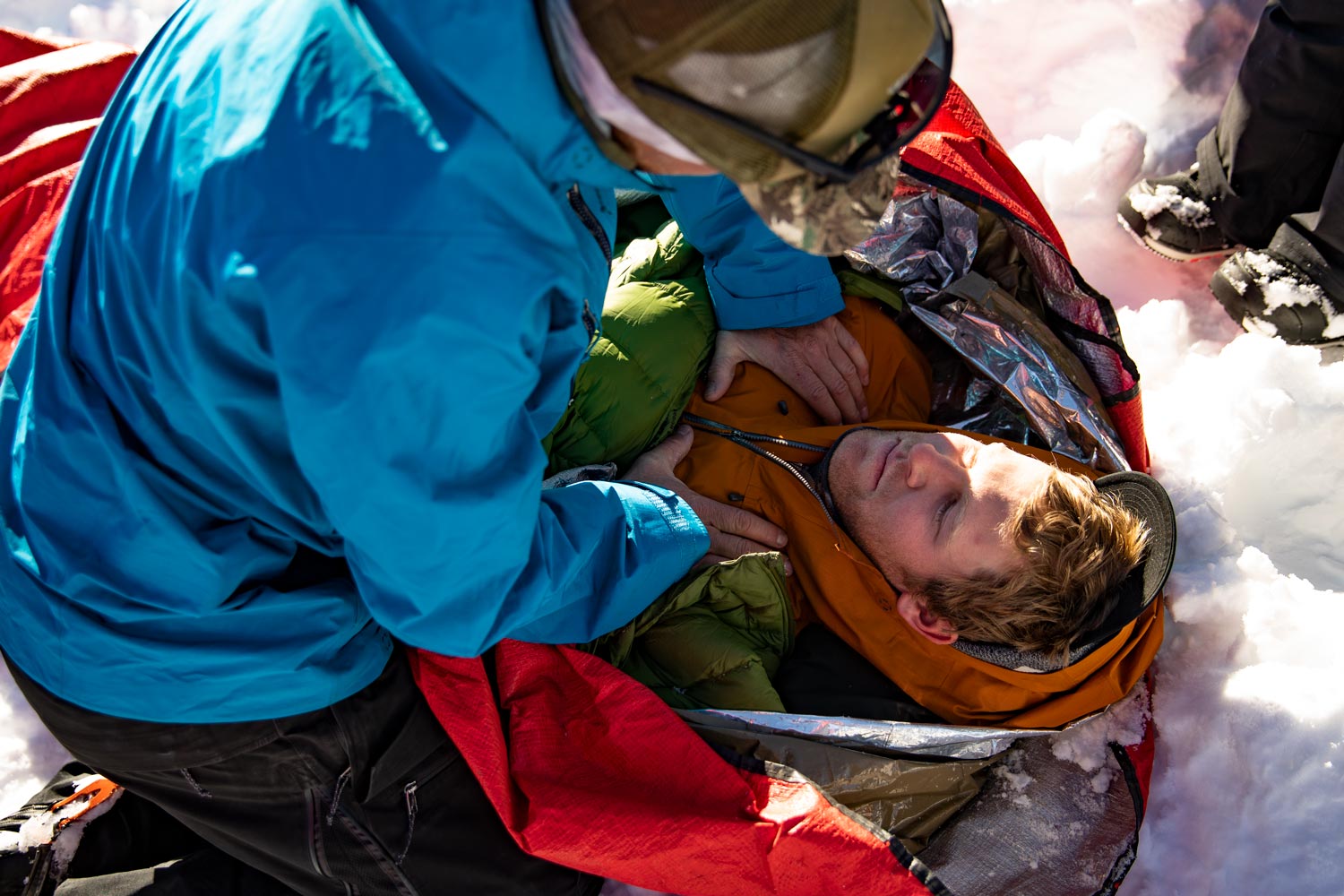
Best practices for using satellite two-way messengers:
- Get familiar with your device. Your ability to use your device is critical for communicating quickly and effectively. You must know how to input contacts, pre-save basic messages, sync the device with your phone and set the contact settings for the SOS function.
- Double check that your messaging/data plan is active before leaving the trailhead. This can be done by sending a test message to your satellite messaging provider. Typically these messages are free to send.
- Pre-save basic emergency messages that you can send without having to type the message. It’s good to have at least three messages saved:“Everything is OK. Trip going according to plan.”
“There has been an accident, but no one is critically injured. We will evacuate on our own power and update you if we need rescue support.”
“There has been an accident and we need medical help immediately. Send rescue personnel to the location of this message ASAP.” - Pre-save all your emergency contacts in your device and send these contacts a non-emergency message at the beginning of the winter. By sending your contacts a message it creates a message thread on your device that will be quick to respond to in a real rescue scenario. Your contacts will then also have the contact info for your satellite device should they need to contact you while you are out of cell phone range. They can simply reply to the message you sent from your device.
- Pre-save the contact information for the local emergency dispatch center in the zone you’re touring in. Also find out if that emergency dispatch center accepts text messages as not all dispatch centers do. It may work to send an emergency text message to 911, but the timing of the rescue will likely move much faster if you directly contact the emergency personnel responsible for that area. Local authorities should also know more about the logistics of accessing your location.
- In a critical emergency, contact medical help / emergency personnel BEFORE you contact your personal emergency contacts. It’s most important to get medical help on it’s way as soon as possible.
- Set your SOS contact settings. Most two-way messengers have an SOS button that when pressed sends an SOS message with the GPS coordinates of your location to both a global emergency network and your pre-selected emergency contacts. If you are hurt, and able to press the SOS button, but unable to send a custom message, this function could save your life.
- Make sure your device batteries are charged. This is an obvious one, but of critical importance. And if your device is reliant on your phone, make sure you have a means of keeping your phone charged. It’s also smart to carry an extra battery pack that can charge your phone and satellite device.
- Notify a friend or family member of your backcountry travel plans before leaving the trailhead. If someone else knows where you are they will have more information to help notify authorities and activate a rescue when they receive your SOS message.
